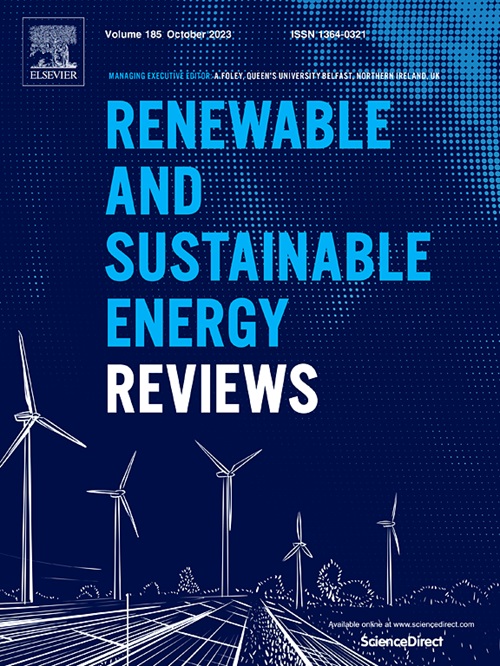Artificial solid electrolyte interphase: The Holy Grail for Li-S batteries
IF 16.3
1区 工程技术
Q1 ENERGY & FUELS
引用次数: 0
Abstract
Lithium metal exhibits exceptional characteristics, owing to its highest specific capacity (3860 mAh g−1) and the lowest electrochemical potential (−3.04 V vs. SHE) among all available metal anodes. The synergy effect of Li and sulfur, with specific capacity of 1670 mAh g−1, positions Li–S batteries (LSBs) as a highly promising candidate for the next generation of high-energy density batteries. Nonetheless, the full commercialization of LSBs is dependent upon overcoming a range of shortcomings that such batteries possess. One of the most formidable challenges is the pervasive issue of Li dendrite nucleation and growth on the anode surface, caused by the instability of the solid electrolyte interphase layer. Numerous efforts have been made so far to control the nucleation and growth of Li dendrites, with the establishment of a stable artificial solid electrolyte interphase (ASEI) layer proving to be one of the most effective approaches. This review provides a focused, comprehensive analysis of ASEI layers, addressing a critical gap in existing literature, which often broadly covers Li anode challenges without specifically targeting ASEI-related strategies. It explores recent advancements in ASEI fabrication methods, including dip coating, drop casting, roll pressing, magnetron sputtering, and other innovative techniques, with a thorough discussion of each method's strengths, limitations, and key influencing factors. Furthermore, the review examines the scalability, performance, and effectiveness of ASEI layers under real-world conditions, such as high sulfur loading, limited electrolyte volumes, and carbonate-based electrolytes, while assessing their impact on electrochemical performance across varied battery configurations.
求助全文
约1分钟内获得全文
求助全文
来源期刊

Renewable and Sustainable Energy Reviews
工程技术-能源与燃料
CiteScore
31.20
自引率
5.70%
发文量
1055
审稿时长
62 days
期刊介绍:
The mission of Renewable and Sustainable Energy Reviews is to disseminate the most compelling and pertinent critical insights in renewable and sustainable energy, fostering collaboration among the research community, private sector, and policy and decision makers. The journal aims to exchange challenges, solutions, innovative concepts, and technologies, contributing to sustainable development, the transition to a low-carbon future, and the attainment of emissions targets outlined by the United Nations Framework Convention on Climate Change.
Renewable and Sustainable Energy Reviews publishes a diverse range of content, including review papers, original research, case studies, and analyses of new technologies, all featuring a substantial review component such as critique, comparison, or analysis. Introducing a distinctive paper type, Expert Insights, the journal presents commissioned mini-reviews authored by field leaders, addressing topics of significant interest. Case studies undergo consideration only if they showcase the work's applicability to other regions or contribute valuable insights to the broader field of renewable and sustainable energy. Notably, a bibliographic or literature review lacking critical analysis is deemed unsuitable for publication.
 求助内容:
求助内容: 应助结果提醒方式:
应助结果提醒方式:


